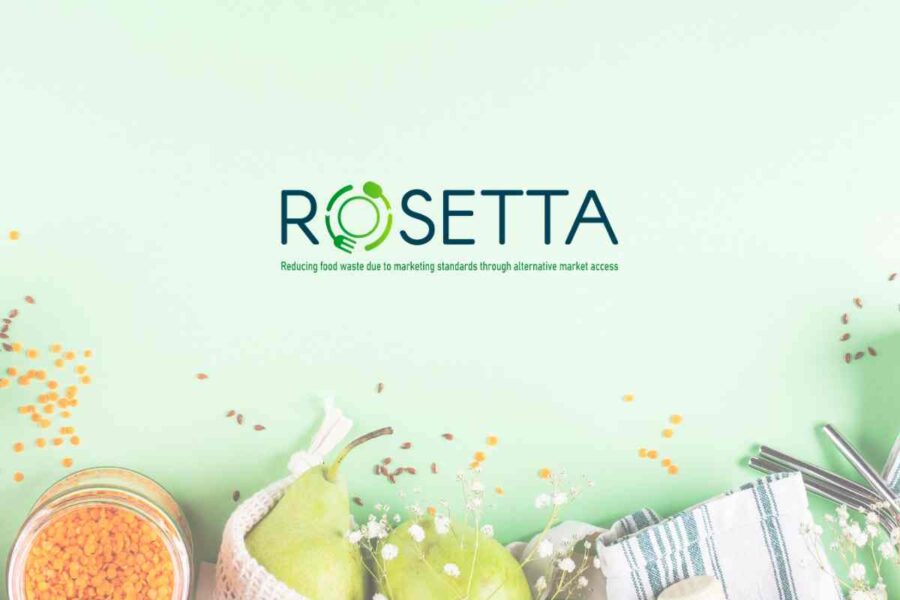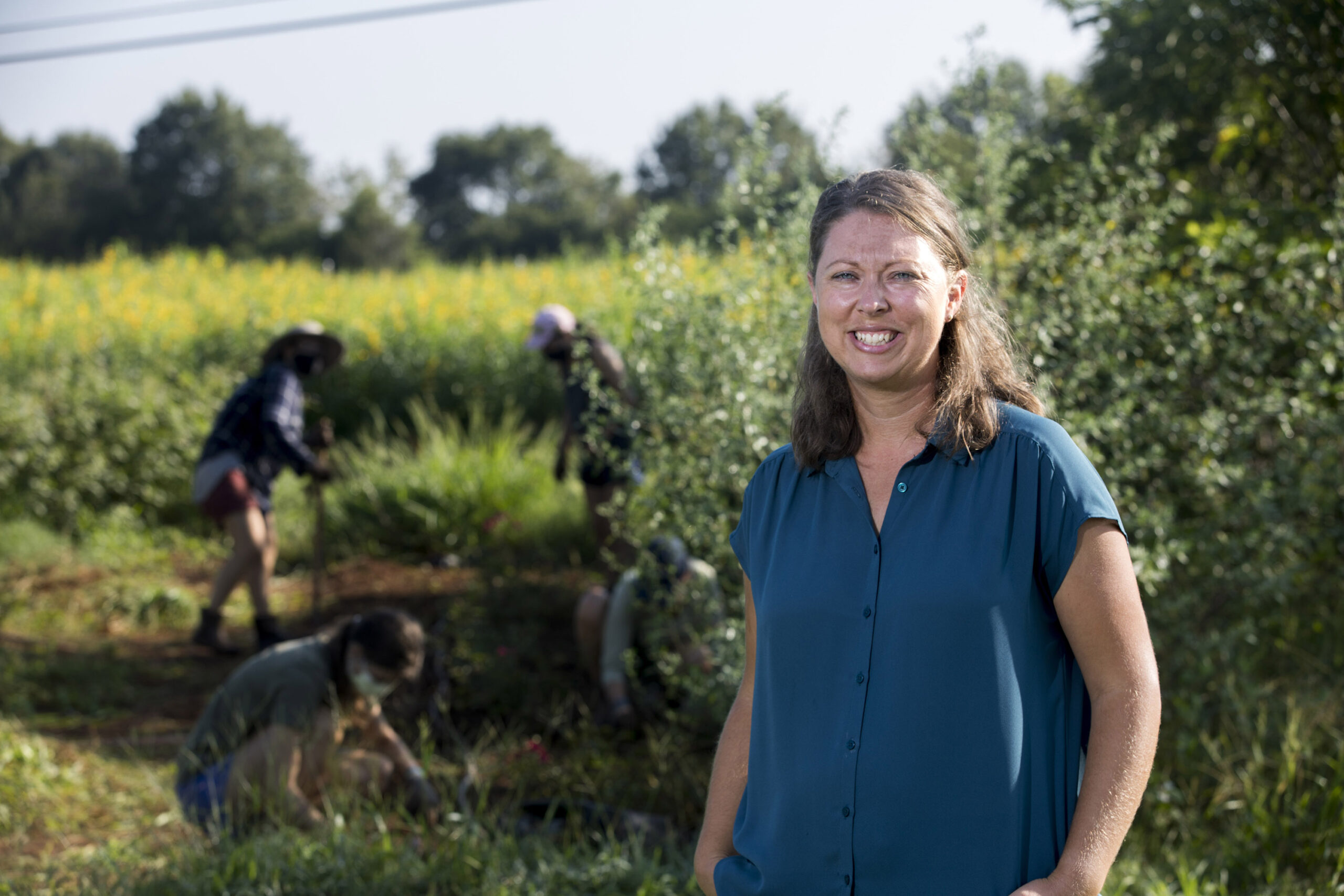Report on Guernsey’s Food Waste Management and Alignment with Sustainable Development Goals (SDGs)
Financial Overview and Cost Management
- Total expenditure on food waste management since 2019 has exceeded £3 million.
- A notable reduction in costs was observed in the last year, with spending at £694,000, a decrease from £982,000 in 2023 and £822,000 in 2022.
- Between 2019 and 2021, the cost for food waste disposal was £538,000.
Waste-to-Energy Initiatives and Contribution to SDG 7 (Affordable and Clean Energy)
- For the past 18 months, food waste has been exported to a facility in Basingstoke, Hampshire. It undergoes anaerobic digestion to generate energy for the local area, directly supporting SDG 7 by creating a source of clean energy.
- Previously, food waste was processed at a plant operated by Malaby Biogas in Warminster, Wiltshire.
- Non-recyclable waste is transported via the UK to a facility in Sweden, where it is incinerated to produce energy, further contributing to waste-to-energy goals.
Strategy for SDG 11 (Sustainable Cities and Communities) and SDG 12 (Responsible Consumption and Production)
- Guernsey has implemented a structured waste collection system to support sustainable community objectives (SDG 11), with weekly collections for food waste and fortnightly collections for general and glass waste in most households.
- The dedicated management and processing of food waste are central to achieving SDG 12, which aims to ensure sustainable consumption and production patterns by reducing food waste.
- By converting food waste into a resource, the island actively participates in a circular economy model, a core principle of responsible production.
Collaborative Framework and SDG 17 (Partnerships for the Goals)
- The management of the island’s waste streams relies on a network of external partnerships, a key component of SDG 17.
- Current operations involve sending food waste to a UK-based plant and non-recyclable waste to a facility in Sweden, demonstrating international cooperation.
- Guernsey Waste maintains approximately 40 distinct contracts and supply agreements to facilitate these comprehensive waste management processes.
Analysis of SDGs, Targets, and Indicators in the Article
-
Which SDGs are addressed or connected to the issues highlighted in the article?
The article on Guernsey’s food waste management connects to several Sustainable Development Goals (SDGs) by detailing the island’s strategies for handling waste, converting it into energy, and the associated costs.
-
SDG 7: Affordable and Clean Energy
This goal is relevant because the article explicitly states that Guernsey’s waste is used to generate energy. Both food waste and non-recyclable waste are processed to create power, contributing to the clean energy supply.
-
SDG 11: Sustainable Cities and Communities
The article focuses on municipal waste management, a critical service for sustainable communities. It describes the logistics and costs of Guernsey’s system for collecting and processing household waste, which is a core component of urban infrastructure and environmental management.
-
SDG 12: Responsible Consumption and Production
This is a central theme, as the entire article is about the management of post-consumer food waste. It highlights the significant financial and logistical efforts required to deal with waste, implicitly pointing to the need for sustainable production and consumption patterns to reduce waste at its source.
-
SDG 13: Climate Action
The chosen waste management methods have direct implications for climate action. By sending food waste for anaerobic digestion and other waste for incineration to create energy, Guernsey avoids landfilling, which releases methane, a potent greenhouse gas. This waste-to-energy approach is a measure to mitigate climate change.
-
-
What specific targets under those SDGs can be identified based on the article’s content?
The article’s details on waste processing and energy generation align with several specific SDG targets.
-
Under SDG 7 (Affordable and Clean Energy):
- Target 7.2: “By 2030, increase substantially the share of renewable energy in the global energy mix.” The article describes how food waste is sent to a plant for “anaerobic digestion” to “create energy” and non-recyclable waste is sent to a plant in Sweden where it is “burned and turned into energy.” These waste-to-energy processes contribute to the renewable energy supply.
-
Under SDG 11 (Sustainable Cities and Communities):
- Target 11.6: “By 2030, reduce the adverse per capita environmental impact of cities, including by paying special attention to air quality and municipal and other waste management.” The article is entirely focused on Guernsey’s municipal waste management strategy, detailing the collection, export, and processing of food and general waste.
-
Under SDG 12 (Responsible Consumption and Production):
- Target 12.3: “By 2030, halve per capita global food waste at the retail and consumer levels…” While the article focuses on managing existing waste rather than preventing it, the high cost (£3m since 2019) and complex logistics of dealing with food waste underscore the importance of this target. The system exists because consumer food waste is being generated.
- Target 12.5: “By 2030, substantially reduce waste generation through prevention, reduction, recycling and reuse.” The process of anaerobic digestion is a form of organic recycling, converting waste into a valuable resource (energy). This aligns directly with the “recycling” component of this target.
-
-
Are there any indicators mentioned or implied in the article that can be used to measure progress towards the identified targets?
The article provides several quantitative and qualitative indicators that can be used to measure efforts and progress.
-
For Target 11.6 (Municipal Waste Management):
- Indicator (Implied): The article implies progress related to Indicator 11.6.1 (“Proportion of municipal solid waste collected and managed in controlled facilities…”). It states that food waste is collected weekly and sent to specialized plants in Basingstoke or Warminster, and non-recyclable waste is sent to a plant in Sweden. This describes a system where waste is collected and managed in controlled facilities rather than being dumped.
-
For Target 12.3 (Food Waste):
- Indicator (Proxy): The financial cost of managing food waste serves as a proxy indicator for the scale of the problem. The article provides specific figures: “More than £3m has been spent…since 2019,” with annual costs of “£694,000” last year, “£982,000 in 2023,” and “£822,000 in 2022.” A reduction in these costs could indicate a reduction in the volume of food waste being managed.
-
For Target 12.5 (Waste Reduction and Recycling):
- Indicator (Qualitative): The adoption of specific technologies is an indicator of progress. The article’s mention of using “anaerobic digestion” for food waste and incineration (“burned and turned into energy”) for general waste are qualitative indicators of a strategy focused on recycling/recovery, which aligns with Indicator 12.5.1 (“National recycling rate, tons of material recycled”).
-
-
Create a table with three columns titled ‘SDGs, Targets and Indicators” to present the findings from analyzing the article.
SDGs Targets Indicators SDG 7: Affordable and Clean Energy 7.2: Increase substantially the share of renewable energy in the global energy mix. The use of waste-to-energy processes (anaerobic digestion and incineration) to create power for surrounding areas. SDG 11: Sustainable Cities and Communities 11.6: Reduce the adverse per capita environmental impact of cities, including by paying special attention to…municipal and other waste management. The existence of a comprehensive system for collecting and exporting food and general waste to controlled processing facilities. SDG 12: Responsible Consumption and Production 12.3: By 2030, halve per capita global food waste at the retail and consumer levels. The annual cost of exporting food waste (£694,000 last year), which serves as a proxy for the amount of food waste generated by consumers. 12.5: By 2030, substantially reduce waste generation through prevention, reduction, recycling and reuse. The implementation of anaerobic digestion as a method of organic recycling to convert food waste into energy.
Source: bbc.com







